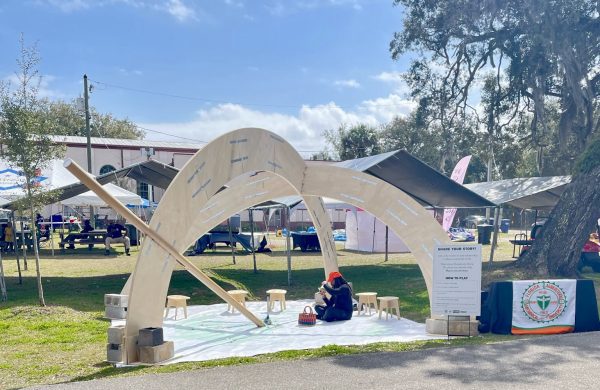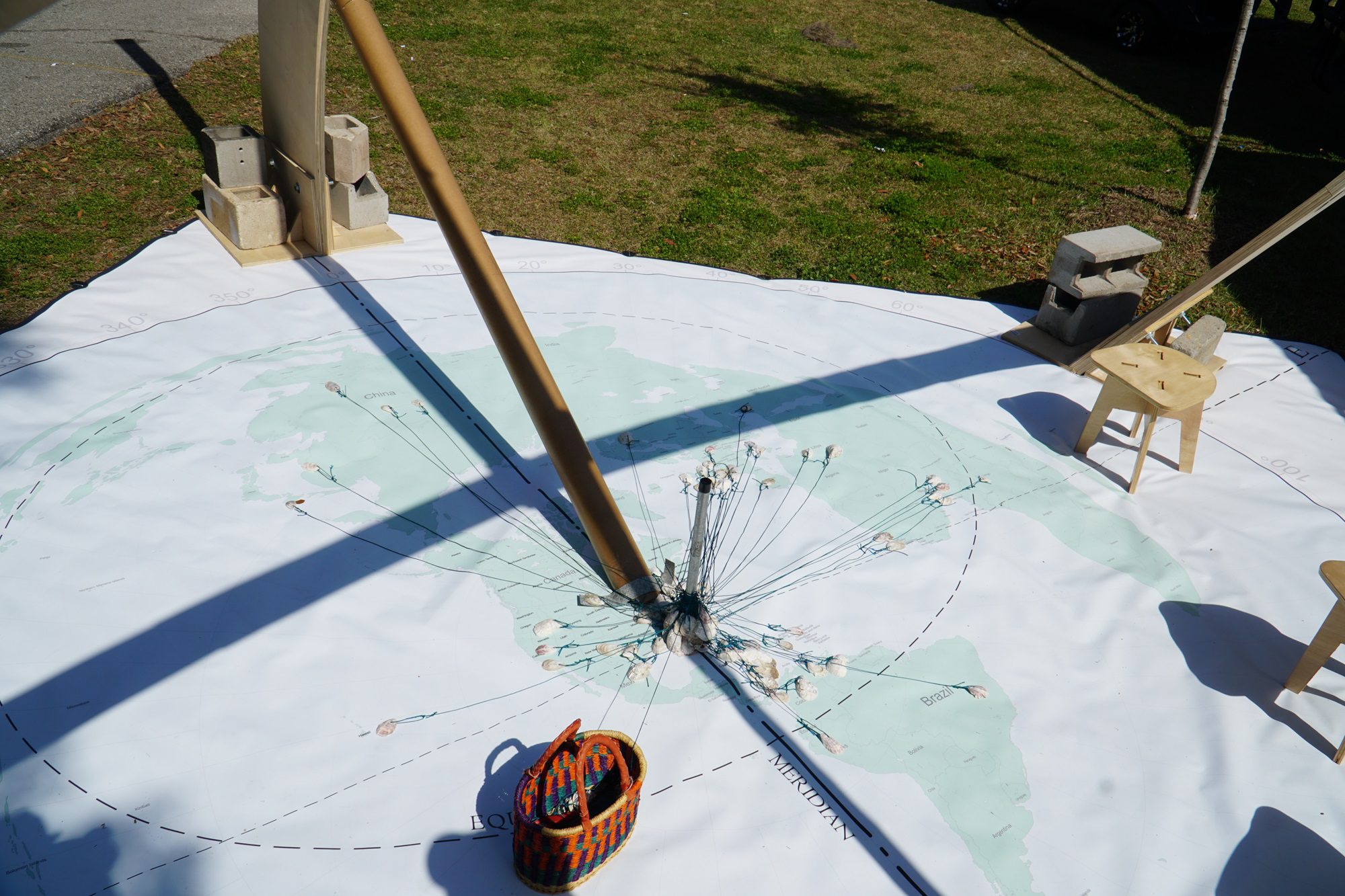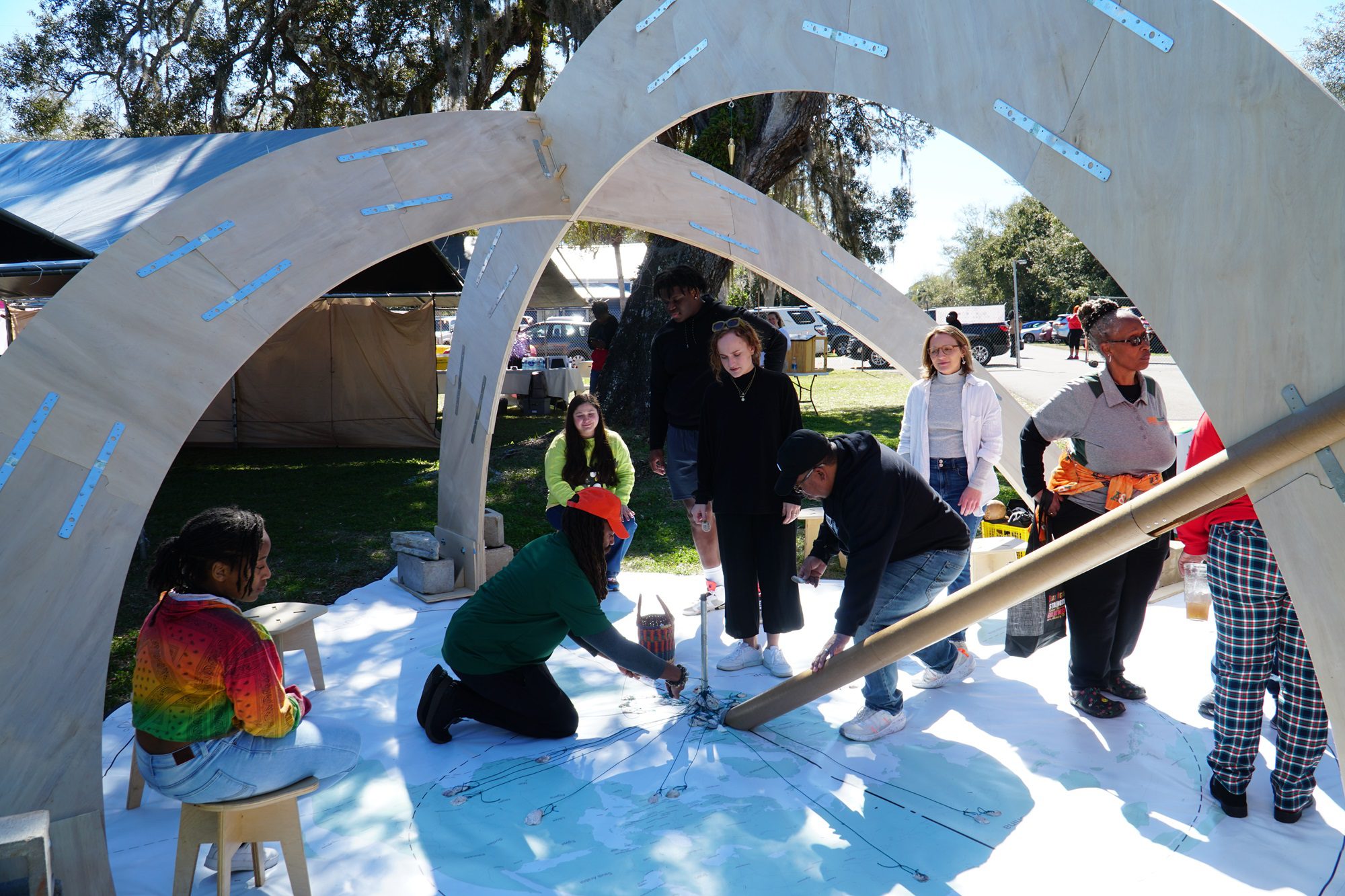Professor Explores Repair as a Design Tool in Places Journal Essay

An essay by Assistant Professor of Architecture Kyle Spence is included in a series of “Field Notes” published this fall in Places Journal. Founded in 1983, Places Journal is a leading national platform for public scholarship on contemporary architecture, landscape, and urbanism.
Spence’s “Repair as a Paradigm for Design and Community Healing,” appears in the fourth installment of the eight-part series, “Field Notes: Repair,” which presents observations by scholars, designers, planners, and activists on the issues they find most relevant in practices of repair, maintenance, and care. In his essay, Spence reflects on the idea of “repair as a design tool,” based on a community-engaged project that he conducted in Apalachicola, Florida.
Apalachicola is a small coastal town on the Gulf of Mexico that is home to a historic Black community called The Hill. For decades, this fishing village was the oyster capital of Florida and a major national source for oysters, but pollution and climate change and a subsequent moratorium on oyster harvesting have decimated the fishing industry. Apalachicola has since experienced significant economic and population shifts.
As a visiting assistant professor at Florida A&M University in nearby Tallahassee, Spence learned about Apalachicola and in particular the work of the Hillside Coalition Of Laborers (H’COLA), an organization devoted to the preservation and promotion of The Hill. For years, H’COLA has presented an African-American History Festival in Apalachicola each February.

It was for the 20th-anniversary festival in 2023 that Spence designed and built his Meridian Dome, a giant equinoctial sundial that provided an opportunity for him to explore “what individuals need in order to feel rooted in their spaces” and to “uncover migratory patterns that connect human identity with place,” he wrote.
The Meridian Dome arched over a 20-foot world map, with Apalachicola at its center. Visitors to the festival were prompted to identify “migrations, homelands, home – places where you are from,” which they marked with oyster shells and yarn.

“Placing their city at the center was meaningful,” Spence said, noting that while people who interacted with the map came from many places, a pile of shells grew at Apalachicola, signifying the town’s longtime residents. That mound also echoed an even deeper history: the ancient Native American oyster shell mounds, or middens, found along the coasts of Florida and the eastern seaboard.
Spence became interested in solar time and sundials more than a decade ago, when he was living and working in New York City’s Harlem.
“Timekeeping undertaken as a collective act helps us to understand the unique nature of a specific location, and this, in turn, fosters a sense of shared history and identity, both of which are crucial for the repair of community bonds,” he wrote in his Places essay. “Communities like Apalachicola are built on past generations who navigated using celestial bodies as they sought to establish permanence and community, even in spaces marked by colonialism and migration. By convening conversations around these historical phenomena, we can better understand our present-day social environment, helping communities to build their own archives and narratives and fostering a deeper sense of identity and continuity.”
